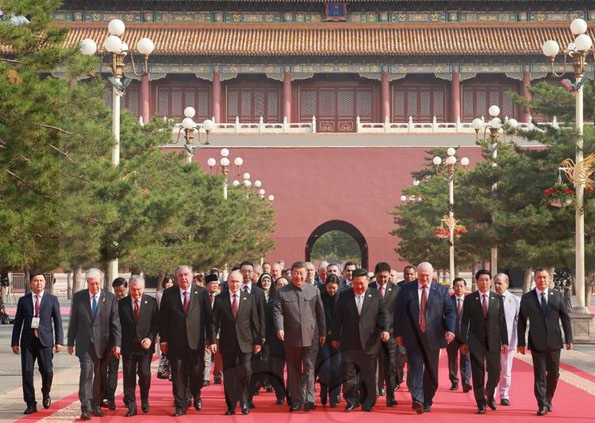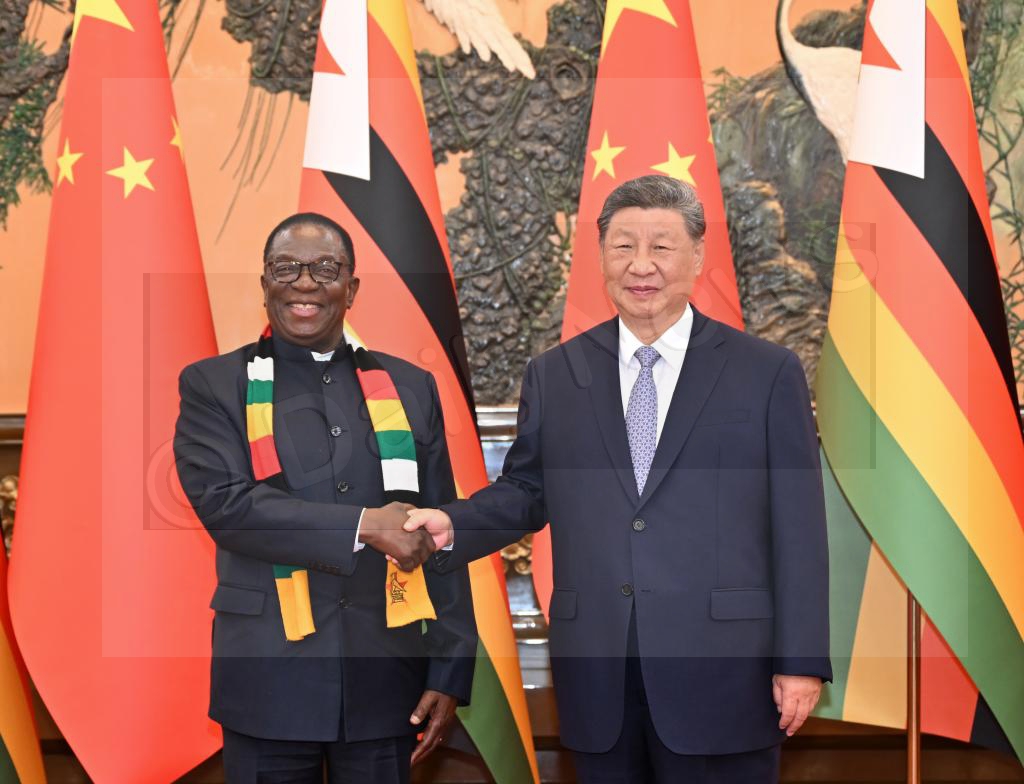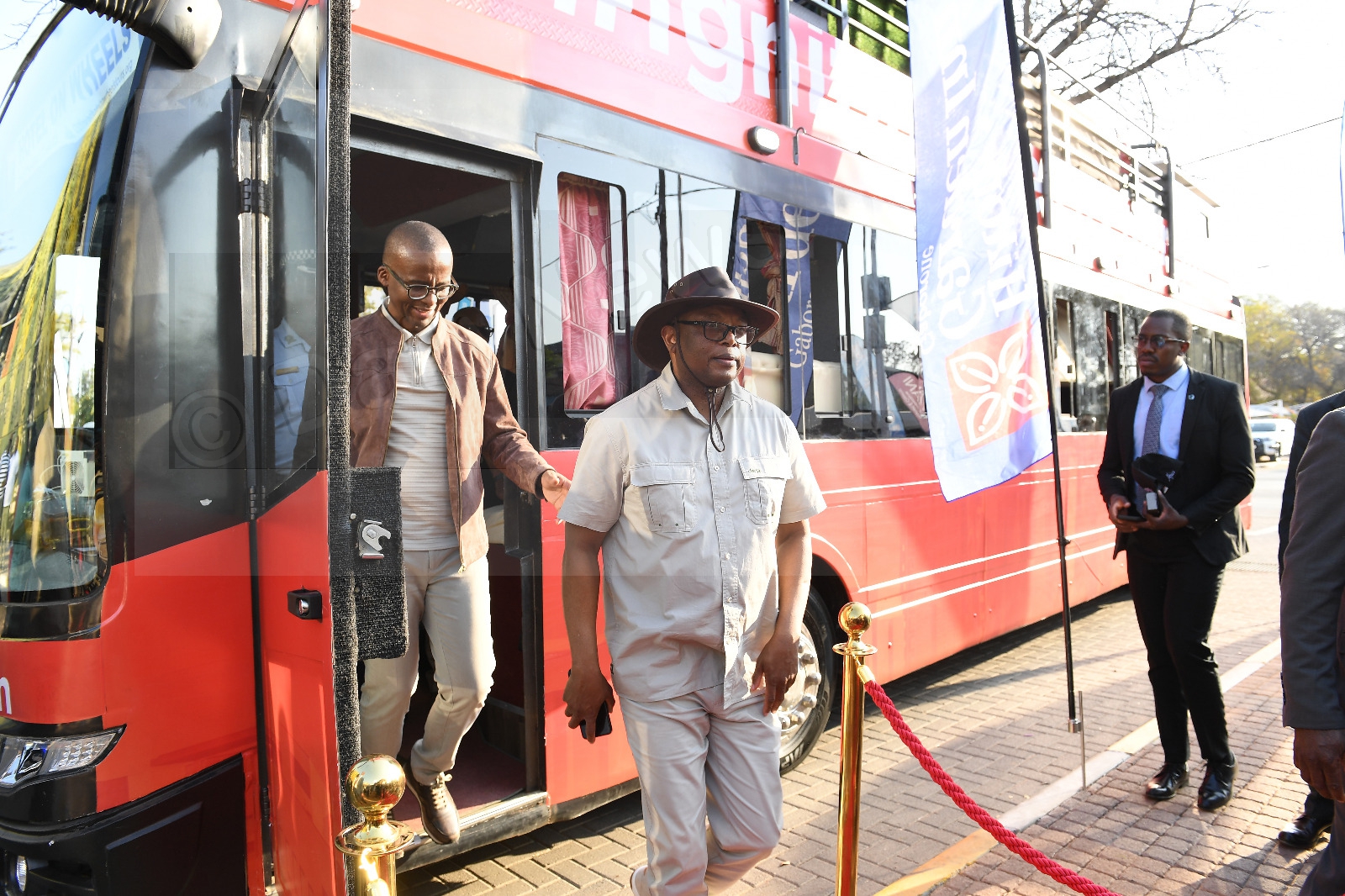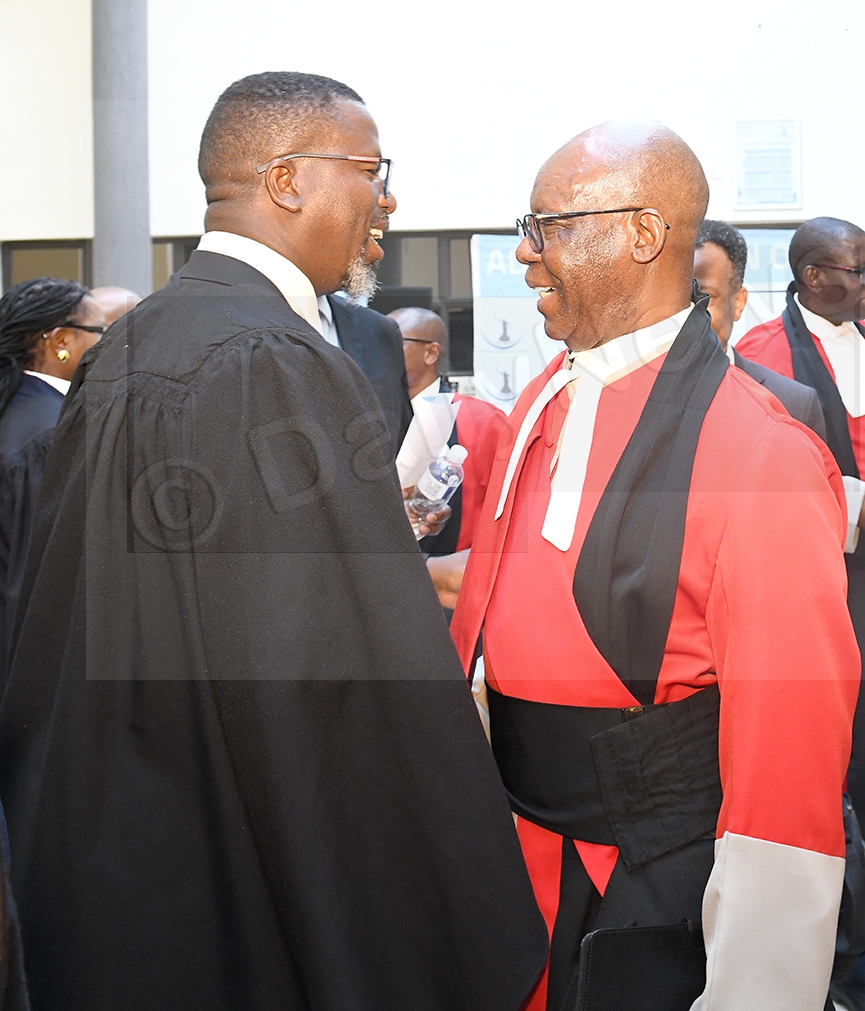Indiscipline cripples Kgari Sechele
17 Mar 2014
Indiscipline is said to be the main reason why Kgari Sechele II Senior Secondary School has become a perpetual bad performer in the Botswana General Certificate of Secondary Education (BGCSE) results.
A face value analysis of the school’s results in the past five years paints a poor and discouraging picture as the school has always been in the bottom cohort from a list of all senior secondary schools in the country.
Since 2009 Kgari Sechele has at best managed a paltry 24 per cent pass rate and position 17 out of 32 schools.
“Students do not attend school regularly and some of those who come to school abscond from lessons and only resurface during tea break and lunch time,” said Mr Lapologang Kolagano, the school headmaster.
From a 24 per cent pass rate realised in 2009, the school performed poorly the following year registering a 17 per cent pass rate, but improved slightly in 2011 with a 23.9 per cent pass rate. The situation deteriorated slightly in 2012 with a 23.1 per cent pass rate while it worsened last year with a 17.6 per cent pass rate.
Mr Kolagano said lack of proficiency in the English language was also a hindrance because it was the medium of instruction in the schools curriculum.
“There is no how students can pass if they fail the very subject that is used to deliver the curriculum because for starters they do not understand examination questions so answering them becomes a non starter,” he said.
Out of 801 students who wrote last year’s BGCSE, Kgari Sechele only got an overall pass rate of 14.8 per cent in English language.
Mr Kolagano further noted some structural challenges faced by the school that cannot change.Among them is the issue of the Establishment Register Policy that dictates the number of teachers per subject.
The policy states that there should be eight teachers and one senior teacher in subjects such as English and Mathematics.
“In Kgari Sechele we can’t manage with that small number of teachers as we admit 840 students from seven junior schools in Molepolole. Each year there is one school that we don’t admit students from,” Mr Kolagano said.
He said with a class size of 47 students, it was impossible for maths teachers to teach their subject and also help in statistics and additional mathematics.
“Even classrooms are not enough for students as there are 42 groups of students, but only 38 classrooms available. We turned other science labs into base-rooms to accommodate all the students. These labs are now working only as base-rooms,” Mr Kolagano said.
He also stated that lack of enough accommodation for teachers was one other challenge that hampers productivity.
“There are teachers who still commit from as far as Tlokweng. If they want to take books home for marking it becomes impossible as there is no one who can manage to carry that weight traveling on public transport.” ENDS
Source : BOPA
Author : Kenanao Mmopi
Location : MOLEPOLOLE
Event : Interview
Date : 17 Mar 2014









